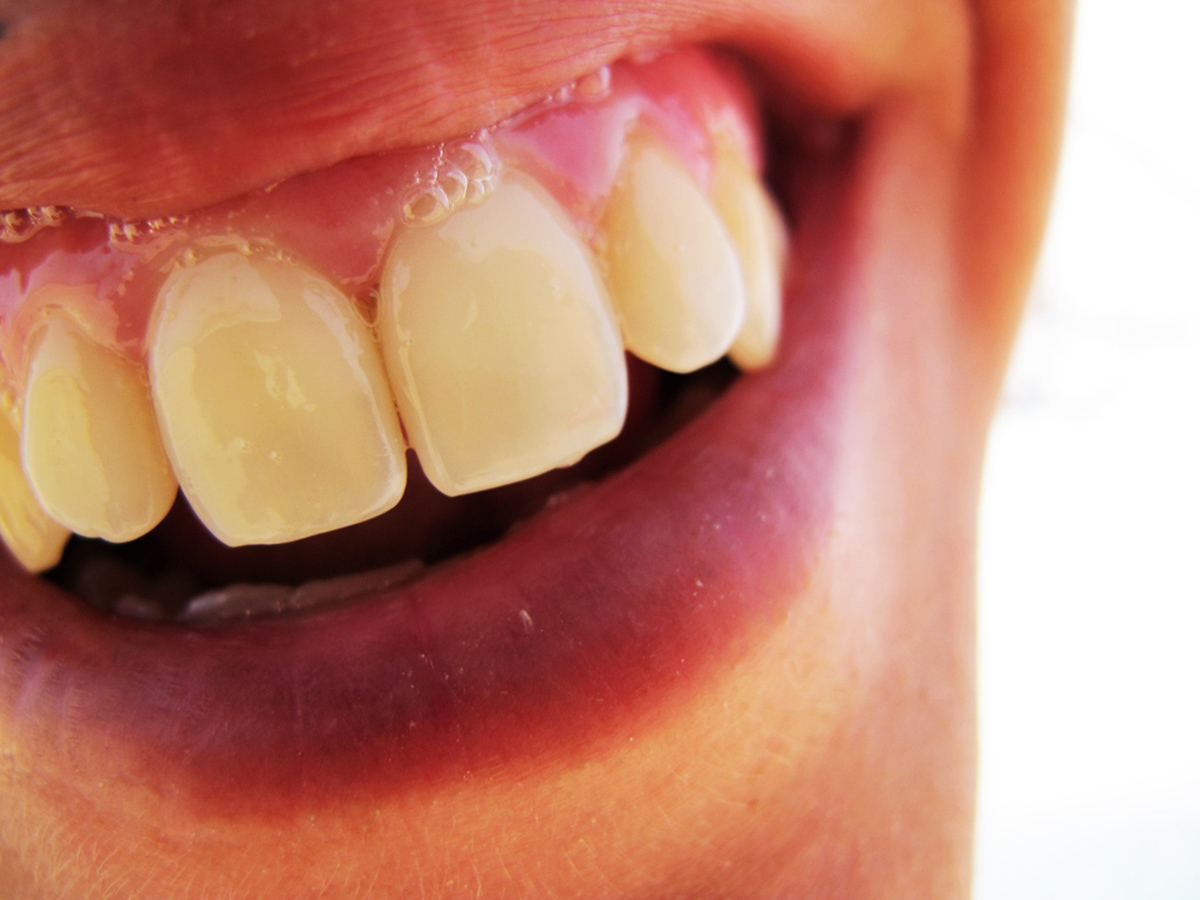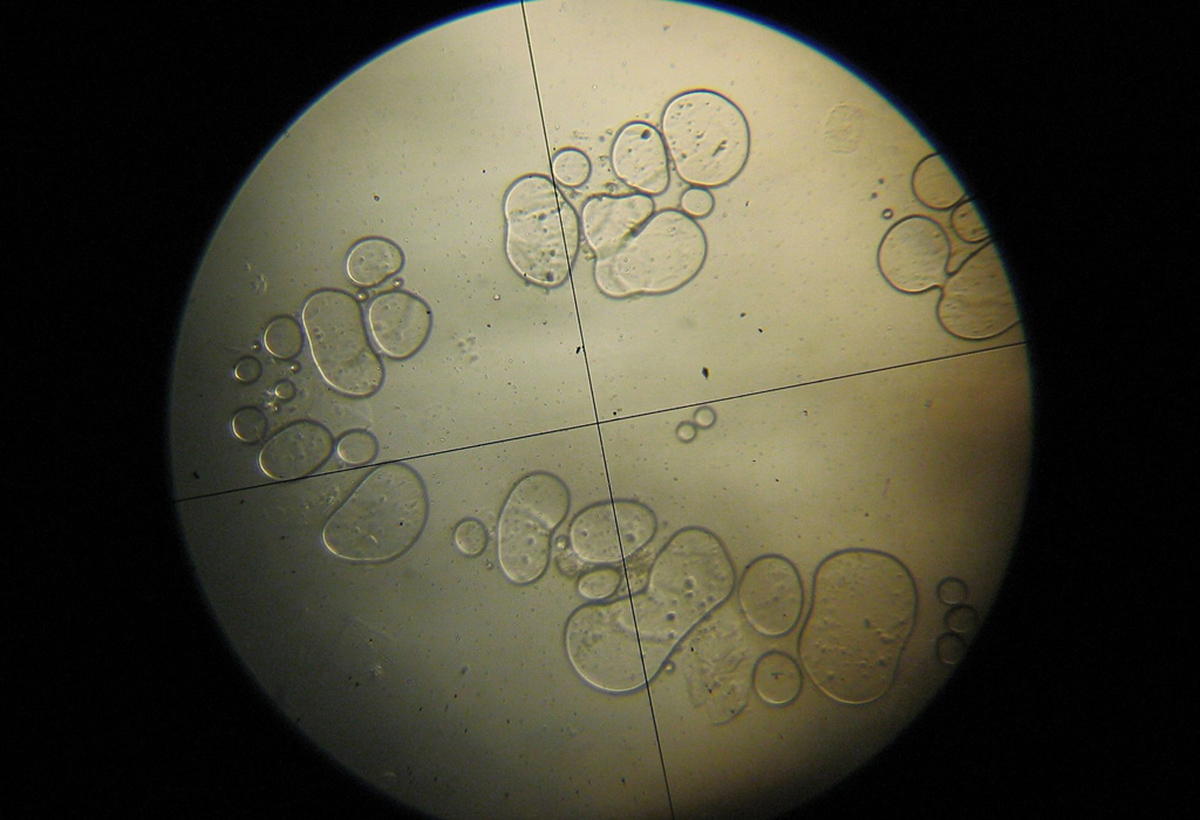If your saliva production is normal, you may never consider all the important roles it fulfills: lubrication, chewing, maintaining a disease-free mouth and even beginning the process of digestion. Three salivary glands produce over 90 percent of your total saliva, with the remaining 10 percent being produced by a number of minor salivary glands.
Sialorrhea or excessive salivation can be diagnosed when the saliva starts to drip beyond the margin of the lip.

A condition of excessive salivation can develop for many reasons, such as increased saliva production, poor muscular control of the lip and other facial muscles, postural problems or other neurological reasons.Take into account that drooling is considered to be normal up until the age of four, beyond which it seen as pathological and indicative of an underlying problem in the body.
Causes Of Excessive Salivation (Sialorrhea)
The most common causes of excessive salivation can be grouped under four main categories. They include:
Neuromuscular Disorders:
- Mental Retardation
- Cerebral Palsy
- Parkinson’s disease
- Stroke
READ New Saliva Test May Enable Of Early Detection of Alzheimer's
Increased Amount of secretion:
- Inflammation of the oral tissues due to various causes
- Side effect of medication
- Acid reflux
- Exposure to toxic elements like Mercury and Lead
Anatomic abnormalities:
- An abnormally large tongue (Macroglossia)
- An inability to purse the lips (Oral incompetence)
- Poor dental occlusion
Surgical Defects Following Extensive Head And Neck Surgery
These causes are not necessarily found in exclusion to one another and may, in fact, be closely related in some instances. For example, the presence of a large tongue will lead to excessive pressure being put on the erupting teeth and eventually push them out of normal occlusion. These teeth, which are now pushed outwards, may, in turn, prevent the lips from closing properly — thus further worsening the problem of excessive salivation.
In the case of children who have a reduced mental development pattern, the necessary muscular control over the lips, cheeks and the tongue can lack. Thus, they are unable to swallow the saliva being produced or are unaware that they are drooling. These children are also much more likely to develop inflammation of the oral tissues due to an inability to maintain proper oral hygiene.
Out of the causes that have been mentioned, dental malocclusion is the one that is most easily corrected. Fixed orthodontic treatment or braces are used to bring the teeth back into their normal position and occlusion.
Of course, for this treatment to be successful in the long term, any other factors that were pushing the teeth out of position in the first place also have to be corrected. It may be necessary to have to extract some of the teeth to make space and pull the remaining teeth inwards.
A thorough medical history of the affected individual will also help recognize any medication or medical problem that may be causing an increased amount of salivation in the first place.
Treatment Of Excessive Salivation
Management Of Excessive Salivation
The management of Sialorrhea begins with an assessment of the severity of the situation. There are several parameters that doctors will use to classify excessive salivation as mild, moderate or severe.
The assessment will require a team of doctors to work together including a primary care physician, a speech therapist, a dentist and a neurologist. A combination of their findings will help understand the impact of the condition on the quality of life as well as offer a guide to the treatment that is necessary.

For mild cases, doctors will often just try a combination of observation and some training to improve the muscular control in the patient. The ideal outcome of this would be a complete resolution of the condition, something that occurs in a large majority of the cases. The speech therapist plays a major role in this treatment.
For Moderate cases, any identifiable factors like a large tongue or poor dental occlusion need to be corrected first. Once the underlying cause has been taken care of, the patient is then monitored to see whether further rehabilitation is necessary.
Some patients may require the use of fixed orthodontic "training" devices like movable beads, customized plates and others to help train the movement so the tongue. Speech therapy will also form a part of the overall treatment plan. In cases where these measures do not work, other more invasive forms of treatment need to be considered.
Anticholinergic Medication
This class of drugs helps reduce the amount of saliva being produced by the salivary glands by blocking some of the nerve impulses to those glands. They have been found to extremely effective in the management of excessive salivation, however, their use is contraindicated in people with certain medical conditions like glaucoma, GI disorders and others.
They are also associated with other side effects which may affect the quality of life.
Botulinum Toxin
The use of Botulinum toxin in the management of Sialorrhea is a relatively new procedure. It involves the injection of the toxin into the glands to reduce the amount of saliva being produced. Initial results have been very encouraging and free of side effects.
GERD treatment
As mentioned earlier, acid reflux is one of the causes for the occurrence of excessive salivation. Patients who underwent treatment for GERD found a significant amount of improvement in their problems with salivation.
The link between GERD and salivation is tenuous as of now and requires more scientific validity.
READ Raising GERD Awareness: Be Aware of Heartburn
Radiation Therapy
Targeted radiation therapy to reduce the activity of the salivary glands is an option that is considered for those people that are medically unfit to undergo a surgical procedure. One concern is that malignancies may be triggered off due to this therapy, however, since these typically appear after 10 to 15 years, it is not much of a concern in the elderly.
Surgery
Different surgical options exist, like cutting off the nerve connections to the salivary glands, ligating their ducts or removing the salivary glands altogether. These procedures are quite invasive in nature and may cause associated side effects. They are only considered if all other options fail to offer any relief to the patient.
- www.alsa.org/als-care/resources/publications-videos/factsheets/saliva.html?referrer=https://www.google.co.in/
- www.aafp.org/afp/2004/0601/p2628.html
- www.healthline.com/symptom/drooling
- Photo courtesy of simplifica: www.flickr.com/photos/simplifica/4935648702/
- Photo courtesy of conskeptical: www.flickr.com/photos/conskeptical/658409688/
- Photo courtesy of simplifica: www.flickr.com/photos/simplifica/4935648702/


Your thoughts on this